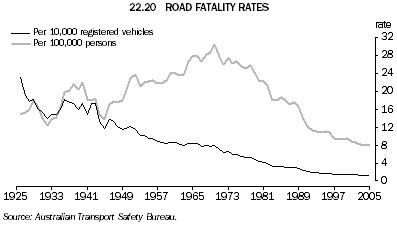Yes. Not only that, but the amount of junk the engine has to provide power to has greatly increased - air conditioning of course is the biggest, but more and more powerful lights, power everything, heated everything and so on. Add to that, with the demands for "safety" and comfort the total mass of cars has increased dramatically in the last twenty years - airbags, extra wiring, increased structural strength, stronger seats, side intrusion bars, bigger brakes, much bigger tyres and the wheels to hold them, insulation, mass damping, more glass, more gadgets - and for every bit of mass added, everything else in the structure has to be beefed up to carry the extra mass, adding even more.
To deal with the increased demand on the engine for more power and better economy, it has had to deal with ever tighter emission controls (catalytic converter, more mass) and lower octane rating (unless you go to high octane unleaded). The main tools in managing this have been improved streamlining - and in the last twenty years the average car has reduced its Cx from over 4 to around 3.1, almost as good as Citroen had 53 years ago, and improved engine efficiency, mainly by using boost, mixture and ignition as close to preignition as possible, all computer controlled. Also helps that the efficiency of automatic transmissions has been improved.
Given the constraints, it is surprising that the improvement has been as great as it has been - most of the technical advances have gone into meeting demands for better performance with heavier cars and more parasitic power use.
John


 Although I totally agree on safety and structure adding kilos and thus negating economy, I find it strange how "powerful" new vehicles have become.
Although I totally agree on safety and structure adding kilos and thus negating economy, I find it strange how "powerful" new vehicles have become.
 Reply With Quote
Reply With Quote




Bookmarks